A pigeon’s feathers need to be taken care of.
A pigeon will preen itself and also carry out regular feather maintenance but as an owner, you can also bathe your pigeon to help keep them in top condition and remove stubborn dirt from their feathers.
7 Steps To Bathe Your Pigeon:
To bathe a pigeon you will need:
- A plastic basin
- Baby shampoo
- A soft cloth
- A soft-bristled toothbrush
- A towel
To bathe your pigeon follow these steps:
1. Fill The Basin With Water
Fill your chosen basin with 3-4 inches of lukewarm water. A good size for a pigeon bath is one-foot square. You might put a few pebbles in the bottom of the tray to give the bird something to stand on.
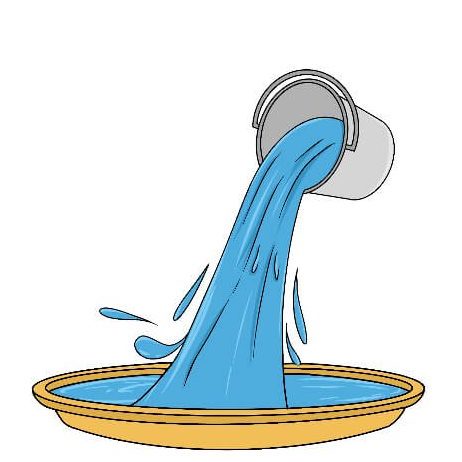
2. Add Shampoo
Put some mild shampoo (baby shampoo works well) into the bath.
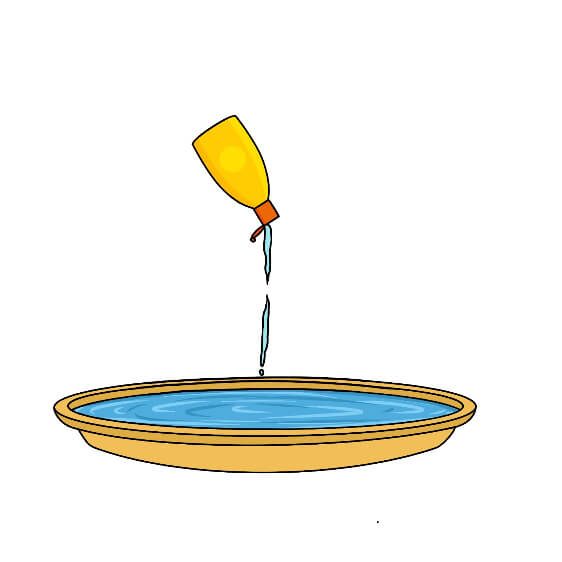
3. Place The Pigeon In The Bath
Either place or coax your pigeon into the bath depending on their temperament. Some owners like to dampen their pigeon with a trigger spray bottle before the bird gets into the bath.
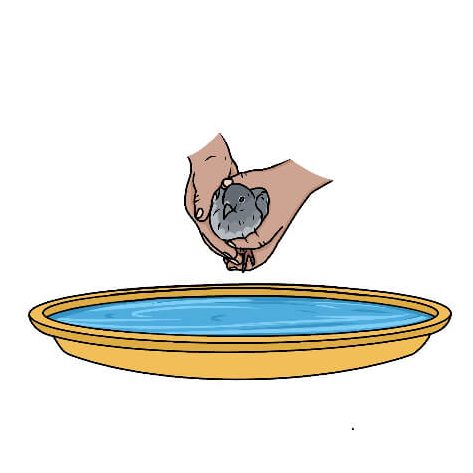
4. Bathe Them
Bathe your pigeon gently for about 5 minutes. If your pigeon poops while in the bath, change the water immediately.
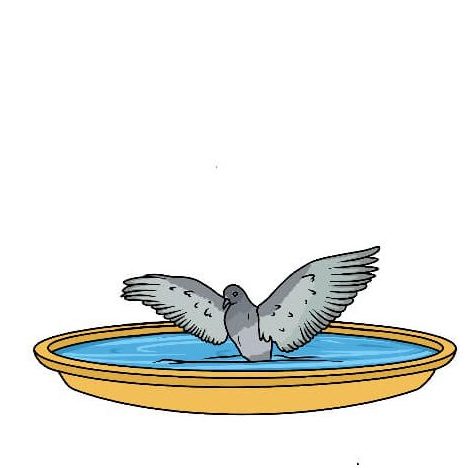
5. Brush Off Dirt
You can spot clean any mucky or stained bits with a soft cloth or paper towel and a dab of shampoo. You might also use a soft-bristled toothbrush as long as you brush in the direction of the feather fronds.
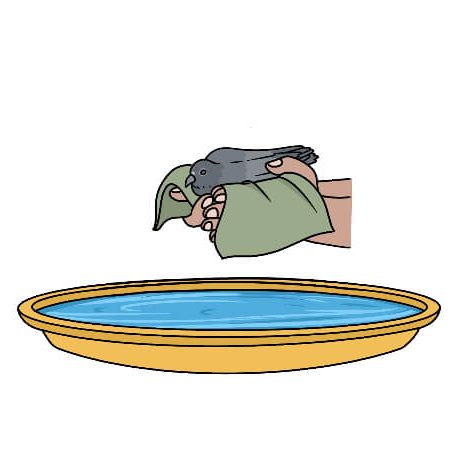
6. Rinse Off
Rinse with clean water to ensure all traces of shampoo are removed.
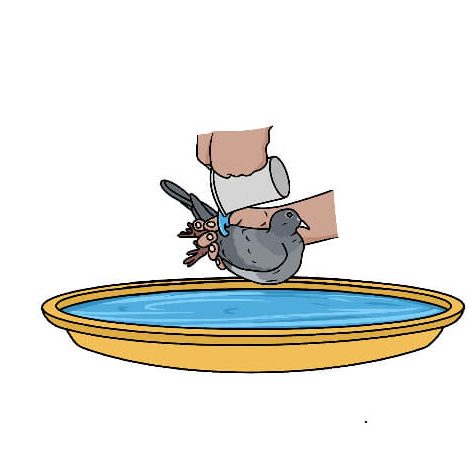
7. Towel Dry
Remove your bird from the bath and gently towel dry with a patting motion rather than rubbing.
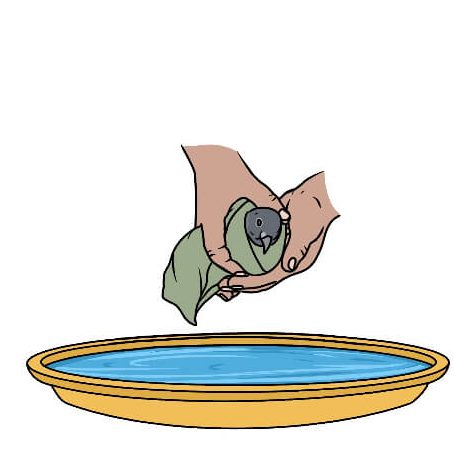
Bath Additives
You might want to consider adding things to the bath to improve the bird’s health.
Common bath water additives for pigeons are:
- Pigeon bathing medicine – available online and from pet supply stores, these are formulated to clear viral pathogens, parasites and pests like mites and lice from the pigeon.
- Pigeon bath salts – perform various functions such as helping to clean and condition the feather, soothing the muscles, removing skin debris and dust, and promoting molting and the growth of new feathers.
- Apple cider vinegar – the anti-microbial properties of Apple cider vinegar can help to soothe skin irritation and prevent skin infections.
- Vitamin supplements – a bath is a good opportunity to provide a dose of water-soluble vitamins such as Vitamin B complex, C and F.
How to Bathe a Baby Pigeon
The steps for bathing a baby bird are practically the same with a few extra little considerations:
- Wear rubber gloves because the bird may struggle and scratch you with its nails.
- Use a shallower tray or less water than for an adult bird.
- Hold the bird by cupping your hand under its body.
- Use the free hand to wet the bird by scooping water over it.
Bathing your pigeons is good for them and most birds will also enjoy the experience. Be gentle and your pigeons will be both clean and happy.
Reasons to Bathe a Pigeon
Like many things when it comes to pigeons, there is a wide range of views among fanciers about bathing.
Some will say you should do it once a week, others more regularly. Most will bathe their bird before a show/exhibition and some owners of racing pigeons bathe their birds after they’ve completed a race.
Bathing will keep plumage clean, smooth and shiny.
Over bathing is not good because it can damage the feathers and also strip them of the essential oils that keep them healthy.
Why Do Pigeons Need to Bathe?
Bathing for pigeons is the same as bathing for humans – health and hygiene.
Humans bathe to remove dirt, grime and dead skin cells to enable the skin to refresh and regenerate. Bathing also removes skin bacteria that are responsible for body odour.
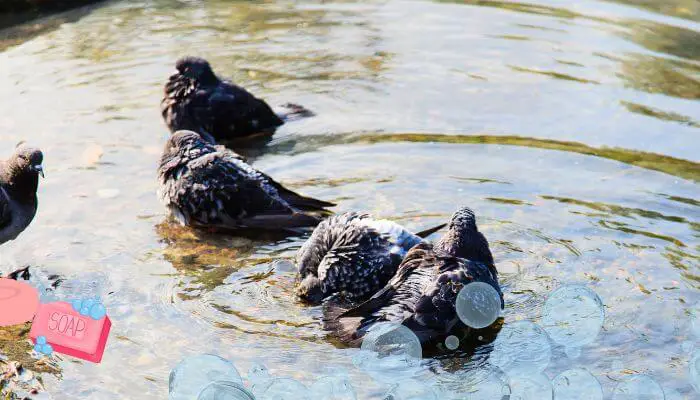
In the same way that debris builds up on human skin, debris builds up in a pigeon’s plumage. And likewise, where we humans have skin bacteria, pigeons have parasites and pests.
Bathing is done for the same reasons and has the same effects for both humans and pigeons.
And, not so much as a need but pigeons actually do love to bathe.
Many owners provide water that pigeons will happily splash about in and most owners agree that watching a pigeon take a bath is a happy sight.
Do Pigeons Clean Themselves?
Some birds spend many hours of the day preening themselves.
Preening is the act of using the beak to “comb” the feathers to make the strands lie flat. This also removes pests like lice and other parasites from the bird’s body.
What makes this topic interesting is the uropygial gland. This is an oil-producing gland at the base of the tail.
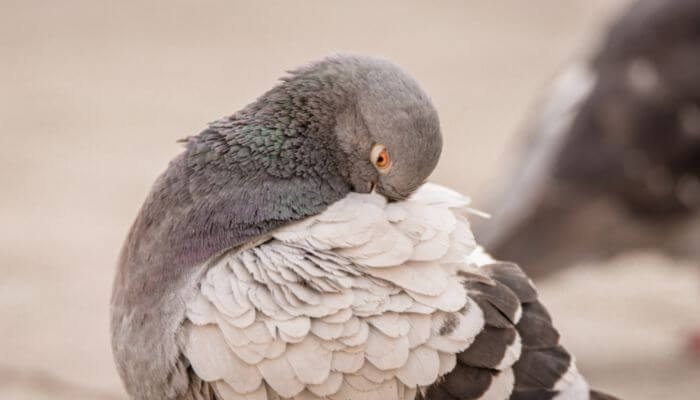
We have been unable to definitely establish the existence of this in all pigeon breeds. A number of authoritative sources claim the Columbidae family (pigeons and doves) are one of the bird species that do not have the uropygial gland.
However, if you read respected pigeon sites and forums, owners discuss the pigeon preening process and the role their uropygial gland plays.
The gland secretes oil that is like a human hair conditioner. Some birds have preen oil that contains anti-fungal agents to protect the bird’s feathers.
So while the issue of the presence of the uropygial gland remains a bit of a mystery what is agreed on is that all pigeons have powder down that is used in preening.
Down is usually the juvenile feathers of a young bird but powder down is a feature of adult birds. In adults, the down is fine feathers that grow under the tougher exterior feathers.
Powder down feathers are also known as pulviplumes. Many species of birds have these but in some species, including pigeons, they produce powder down.
Powder down is a ‘feather dust’ that is a powdery form of keratin created by the breakdown of the tips of the pulviplume barbules. The pigeon can then use their beak to distribute the powder throughout their plumage.
Side note: Powder down is an allergen and is one of the causes of Bird Fancier’s Lung.
You might also see a pigeon enjoying themselves in your bird bath or taking a dust bath if water is not available.
